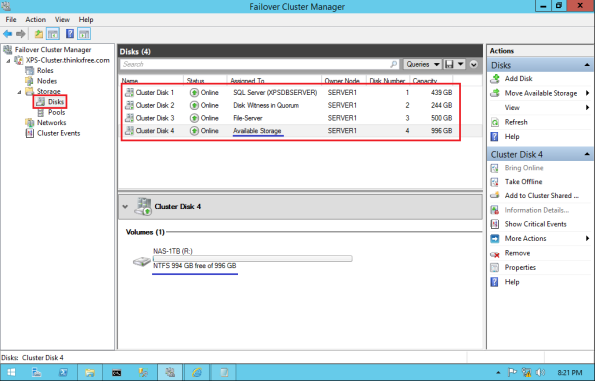Install Apache Php5 Mysql Windows Client

Up-to-date documentation for the latest stable version of Moodle may be available here: Manual install on Windows 7 with Apache and MySQL. Main page Installation Manual install on Windows 7 with Apache and MySQL. Installer Imprimante Hp Officejet G55xi.
Hp Msa2012i Firmware. We’ve previously shown you how to get a working. In this article, we’ll show how to install PHP 5 as an Apache 2.2 module. PHP remains the most widespread and popular server-side programming language on the web. How To Export Printer Drivers Windows Server 2008.
It is installed by most web hosts, has a simple learning curve, close ties with the MySQL database, and an excellent collection of libraries to cut your development time. PHP may not be perfect, but it should certainly be considered for your next web application. Both Yahoo and Facebook use it with great success. Why Install PHP Locally?
Installing PHP on your development PC allows you to safely create and test a web application without affecting the data or systems on your live website. This article describes PHP installation as a module within the Windows version of Apache 2.2. Mac and Linux users will probably have it installed already. All-in-One packages.
ADVERTISEMENT-- There are some excellent all-in-one Windows distributions that contain Apache, PHP, MySQL and other applications in a single installation file, e.g. (including a ), and.
There is nothing wrong with using these packages, although manually installing Apache and PHP will help you learn more about the system and its configuration options. The PHP Installer Although an installer is available from, I would recommend the manual installation if you already have a web server configured and running.
Manual Installation Manual installation offers several benefits: • backing up, reinstalling, or moving the web server can be achieved in seconds (see ) and • you have more control over PHP and Apache configuration. Step 1: Download the files Download the latest PHP 5 ZIP package from As always, virus scan the file and check its MD5 checksum using a tool such as. Step 2: Extract the files We will install the PHP files to C: php, so create that folder and extract the contents of the ZIP file into it. PHP can be installed anywhere on your system, but you will need to change the paths referenced in the following steps. Step 3: Configure php.ini Copy C: php php.ini-development to C: php php.ini.
There are several lines you will need to change in a text editor (use search to find the current setting). Where applicable, you will need to remove the leading semicolon to uncomment these setting. Define the extension directory: extension_dir = 'C:/php/ext' Enable extensions. This will depend on the libraries you want to use, but the following extensions should be suitable for the majority of applications: extension=curl extension=gd2 extension=mbstring extension=mysql extension=pdo_mysql extension=xmlrpc If you want to send emails using the PHP mail() function, enter the details of an SMTP server (your ISP’s server should be suitable): [mail function]; For Win32 only. SMTP = mail.myisp.com smtp_port = 25; For Win32 only. Sendmail_from = my@emailaddress.com Step 4: Add C: php to the path environment variable To ensure Windows can find PHP, you need to change the path environment variable.
Open Settings, type ‘environment variables’ into the search field and open the result. Select the “Advanced” tab, and click the “Environment Variables” button. Scroll down the System variables list and click on “Path” followed by the “Edit” button. Click “Edit text” and add;C: php to the end of the Variable value line (remember the semicolon).
Now click OK until you’re out. You might need to reboot at this stage. Step 5: Configure PHP as an Apache module Ensure Apache is not running (use net stop Apache2.2 from the command line) and open its confhttpd.conf configuration file in an editor.